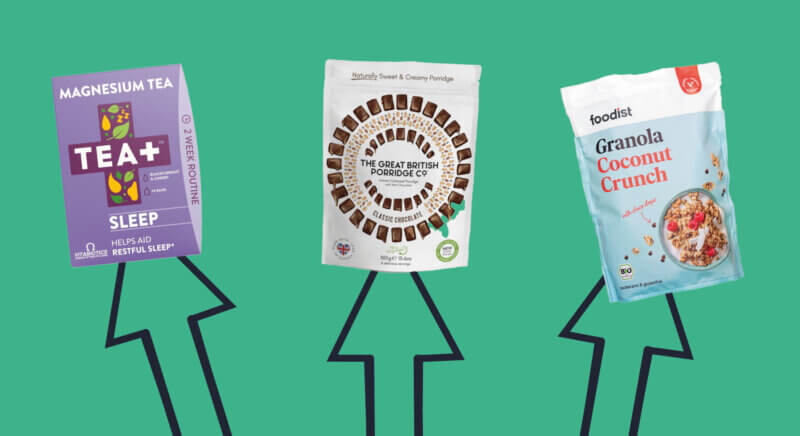While taste, nutrition, and branding play vital roles, packaging stands as the silent ambassador, silently communicating the essence of the brand to consumers. For burgeoning food brands poised for growth, navigating the complexities of packaging solutions can be daunting. However, with the right strategies and insights, scaling up with confidence becomes not just a possibility, but a promising reality.
Understanding the Importance of Packaging
Packaging is not merely a vessel for food; it’s a storyteller, a brand ambassador, and a silent salesman. It’s the first touchpoint consumers have with a product, and it’s what captures attention on crowded shelves. For growing food brands, packaging serves as a crucial tool for differentiation, allowing them to carve out their niche in a competitive market.
The Challenges of Scaling Up
As food brands expand, they face a myriad of challenges in packaging. Increased production volumes demand efficient and cost-effective packaging solutions. Maintaining consistency in branding and messaging across various packaging formats and sizes becomes imperative. Moreover, as sustainability concerns rise, brands must align their packaging choices with eco-friendly practices, without compromising on functionality or aesthetics.
Tailoring Solutions for Growth
To scale up with confidence, food brands must adopt a strategic approach to packaging:
Design for Impact
Invest in packaging design that not only catches the eye but also communicates the brand’s values and story. Whether it’s through vibrant colors, minimalist designs, or eco-conscious materials, packaging should resonate with the target audience and leave a lasting impression.
Flexibility and Scalability
Choose packaging solutions that can adapt to changing needs and growing volumes. Flexible packaging options, such as pouches or stand-up bags, offer scalability while minimizing material waste. Additionally, partnering with packaging suppliers capable of accommodating varying production demands ensures a seamless scaling process.
Sustainability at the Core
Embrace sustainable packaging practices as a cornerstone of brand identity. Explore alternatives to traditional plastic, such as compostable materials, recyclable packaging, or innovative biodegradable options. Communicate these efforts transparently to consumers, tapping into the growing demand for eco-conscious products.
Streamlined Operations
Optimize packaging processes to enhance efficiency and reduce costs. From automated filling and sealing systems to lean inventory management practices, streamlining operations enables brands to meet growing demand without sacrificing quality or sustainability.
Consumer-Centric Approach
Prioritize consumer preferences and convenience when designing packaging solutions. Consider factors such as portion sizes, resealable options, and on-the-go packaging formats to cater to evolving consumer lifestyles and preferences.
Conclusion
In the dynamic landscape of food branding, scaling up with confidence requires careful consideration of packaging solutions. By prioritizing impactful design, scalability, sustainability, operational efficiency, and consumer-centricity, growing food brands can navigate the challenges of expansion while staying true to their identity and values. With the right strategies and partnerships in place, packaging becomes not just a necessity, but a powerful tool for growth and differentiation in the competitive marketplace.




